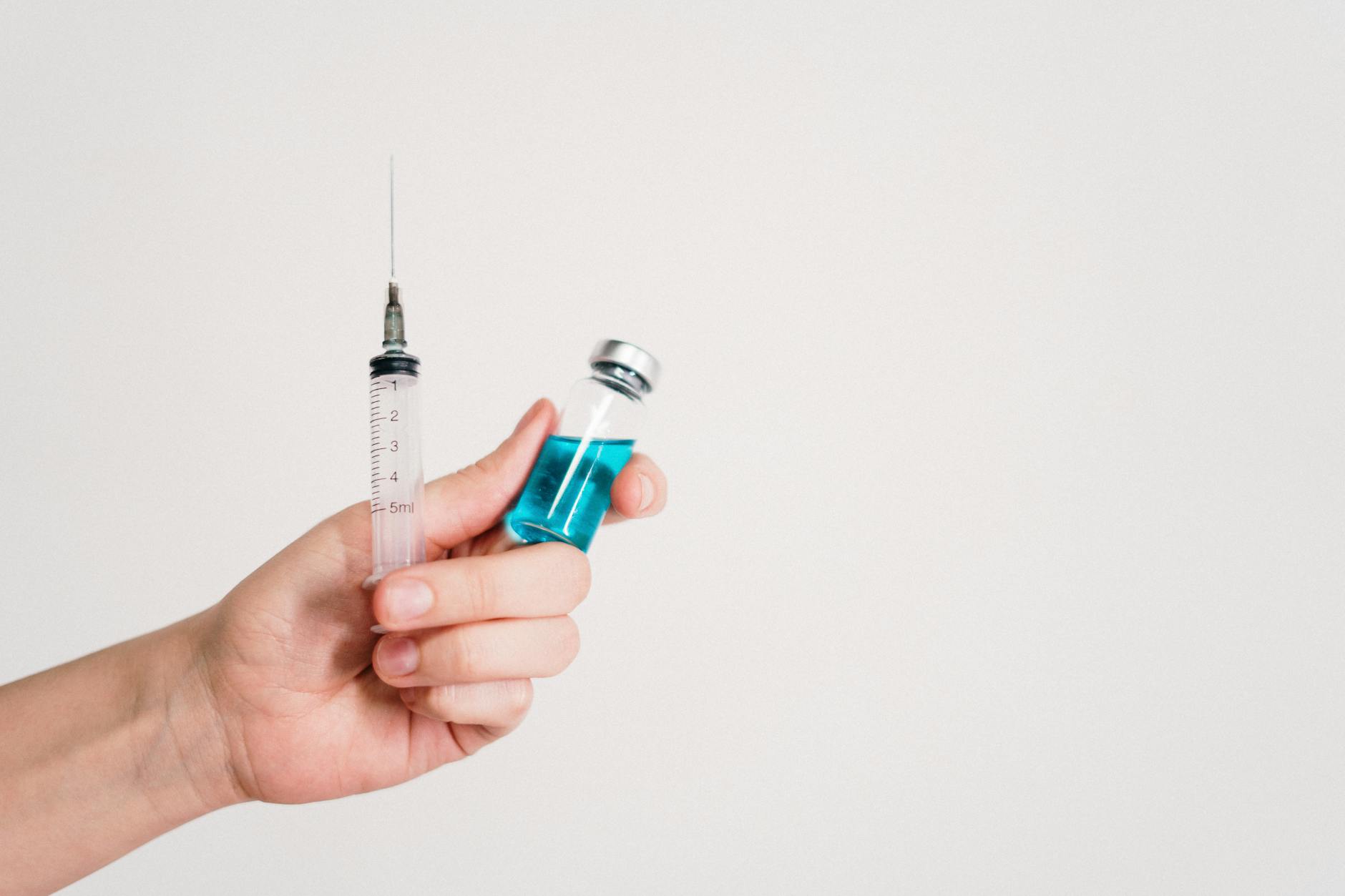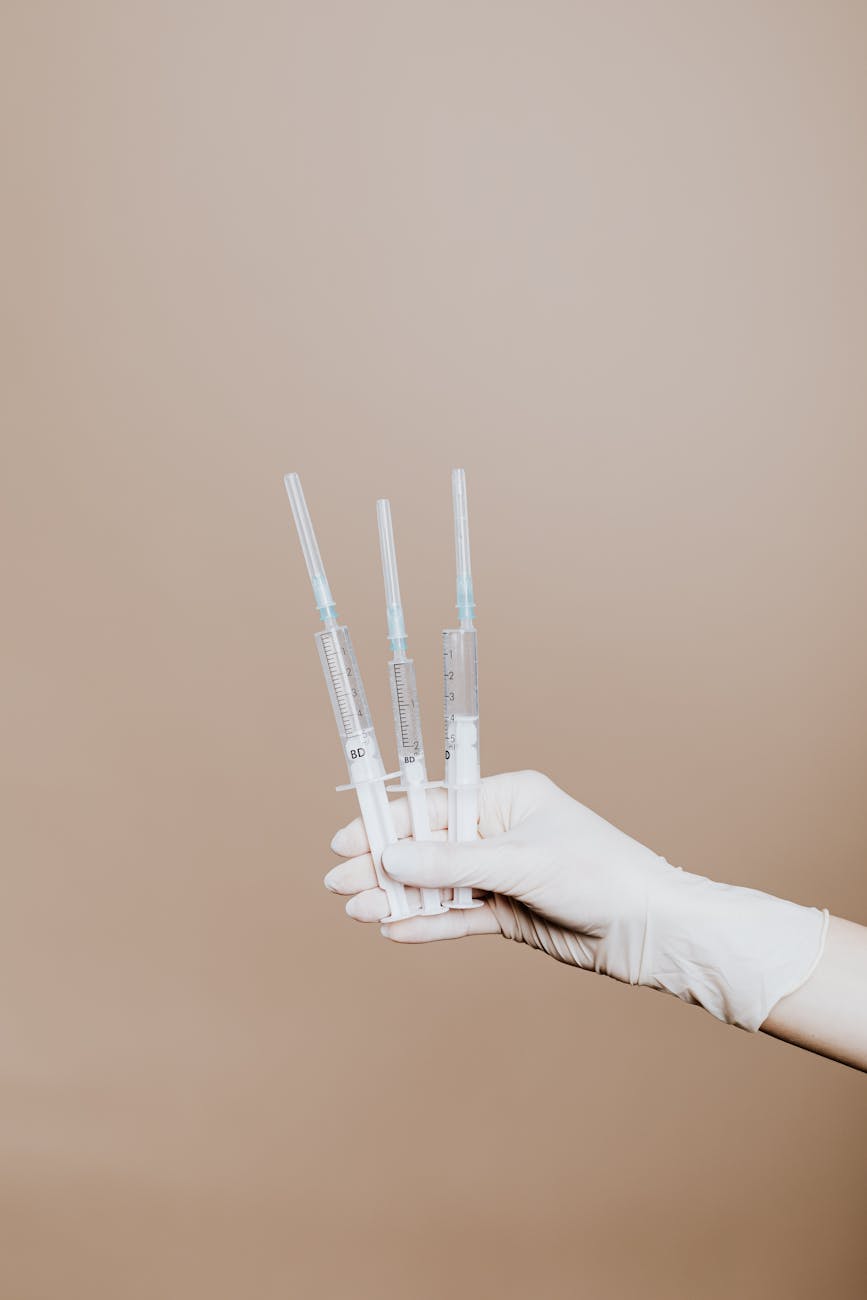
Cortisone is a synthetic form of cortisol, a steroid hormone that regulates the body’s response to stress and reduces swelling and inflammation by affecting the immune system’s natural defense response. Cortisone is usually given by injection and comes in many forms such as pills, pomades or creams. Cortisone is used to treat diseases such as allergic reactions, asthma, rheumatoid arthritis, as well as inflammation in joints or tendons.
Cortisone can cause complications such as developmental disorders, high blood pressure, weight gain, muscle weakness and psychological problems in the body if used excessively, so it is very important to use both the drug and injection form under the control of a specialist doctor.
What is Cortisone?
Cortisone is a man-made and synthetic form of the naturally produced hormone cortisol, which is used by the immune system to reduce inflammation in the body. Cortisone injections and cortisone medicines mimic the effect of cortisol. Both cortisol and cortisone are steroid hormones, both of which belong to a class of hormones called glucocorticoids. It is a medication used to treat inflammation in the body, skin problems, allergies, arthritis, lupus, respiratory disorders, psoriasis, ulcerative colitis and a number of health problems.
In addition to the medicine form, another form of cortisone is the cortisone shot. Cortisone injections reduce inflammation and edema in the body and relieve pain complaints.
Cortisone drugs and cortisone injections, the duration of use of which varies from person to person and according to the condition of the current disease, may show some side effects and damages when used excessively. These side effects include weight gain, high blood pressure, developmental disorders in children, muscle weakness and psychological problems.
How to use cortisone?
The method of use of cortisone drugs is determined by the doctor according to the type of disease. Cortisone is used in many forms such as medicine, injection, pill, pomade or cream.
How long is cortisone used?
The duration of cortisone use depends on the onset of the disease and the individual. It is used especially in 1-3 months, when the disease increases. Your doctor determines the duration of use according to the degree of the disease.
What does cortisone do?
Cortisone works to calm the body’s immune response to reduce pain, itching and swelling caused by inflammation. Cortisone can also be used as a hormone replacement for people who do not get enough of the natural stress hormone cortisol.
Cortisone has an anti-inflammatory effect and when it is low in the body, the risk of inflammation increases. When the body does not produce enough cortisone, it can be topped up with external medication. When there is inflammation in the joints or tendons, cortisone injections can be used to treat the inflammation. Cortisone is also used to treat allergic reactions, asthma and rheumatoid arthritis.
How does cortisone affect our body?
One of the most important functions of cortisone is to help the body’s stress response and reduce inflammation.
Here are the benefits and roles of cortisone:
- Helping the body’s stress response
- Increase blood sugar
- Reducing inflammation/inflammation
- Suppressing the immune system
- Assisting in nutrient metabolism
In Which Diseases is Cortisone Used?
Cortisone, which was discovered as a synthetic form of the hormone cortisol produced naturally in the body and offered to the service of medicine, is one of the greatest discoveries of the last century. With the discovery of cortisone and the introduction of cortisone to the service of medicine, it has made significant progress in the treatment of many rheumatic diseases and cancer and in the solution of problems such as organ rejection in organ transplantation.

It is possible to list the diseases in which cortisone is used as follows:
- Underactive pituitary or adrenal gland
- Rheumatic diseases
- Connective tissue diseases
- Nervous system diseases
- Blood disorders
- Cancer treatments
- Allergic diseases
- Hormonal diseases
- Eye diseases
- Skin diseases
- Poisoning and shocks
What is a Cortisone Injection?
Cortisone injection is an injection that reduces inflammation in the body, the duration of action varies according to the disease. With the application of this injection, complaints such as edema and pain decrease. If exercise and rest are supported with the cortisone injection, a complete treatment is applied.
How is a cortisone injection given?
The cortisone injection is injected directly into the painful joint. This is called intra-articular injection. First, the area to be injected is cleaned and then the procedure is performed. The most common joints to receive a cortisone injection are the shoulder, elbow, knee, hand, wrist or hip.
When does the cortisone injection take effect?
Cortisone injection is administered together with local anesthetic, which is an effective painkiller. Thus, the pain relief effect occurs 1-2 minutes after the injection, but it may take several days for the inflammation to subside.
What are the side effects of cortisone?
While cortisone provides many benefits when taken in the form of medication or injections, it can also cause possible side effects if the dose is exceeded. The leading side effects of cortisone include headache, high blood pressure, allergic reactions, muscle weakness, developmental disorders in children and psychological problems.
The side effects that may occur with overuse of cortisone medication are as follows:
- Developmental disorders in children
- Allergic reactions
- Susceptibility to infection
- Sweating
- High blood pressure
- Elevated blood sugar
- Muscle weakness
- Edema.
- Digestive system problems
- Change in run state
- Weight gain
- Headache
- Increased hair growth
- Menstrual irregularity
- Bone resorption
- Cataract development
- Sleep problems
What should be done to avoid the side effects of cortisone?
To avoid the potential side effects of cortisone, you should:
- Exercise regularly and lead an active lifestyle
- Reducing salt consumption
- Avoiding sugar, fruit juice, acidic drinks and sweets
- Reducing consumption of bakery products
- Increase consumption of vegetables and protein
- Consuming around 3 liters of water a day
- Consuming foods high in calcium
